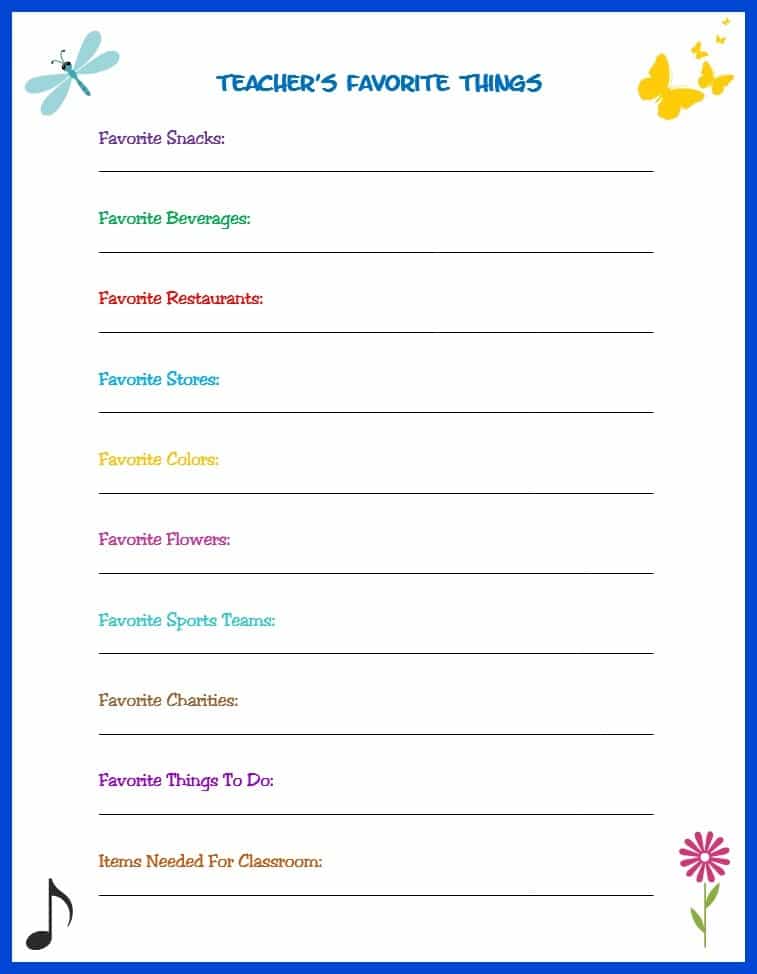
The += operator is overloaded to extend the XList with another XList or list. ( XList) returns the original XList extended with data in the *other_lists as defined above can add multiple XLists: xl = xl1 + xl2 + xl3) Other_lists ( list) – one or more Python lists or XList (i.e. The right sided XList operand attribute values take precendence when the same attribute is included in both XLists. When used with another XList, the original XList is extended with the items and the attributes in the other XList. When used with a Python list, the XList is extended with the items in the list. The XList must be the left sided operand in your statement to use this overloaded operator. The + operator is overloaded to extend the XList with one or more other XLists or lists. Overloaded Operators _add_ ( *other_lists ) ¶ Key names are mapped to attribute names and their corresponding values are mapped to the attribute values.

It extends the built-in Python list type with operator overloads, metadata definitions on instantiation, preservation of metadata on conversion to other types (with included XList methods), and a number of additional list methods. You can use all built-in Python list methods with it. Select OK or Apply to save the policy settings.The XList class is an extension of the Python list type. The next screenshot shows an example of the "Managed favorites" folder from step 5. Under Options:, paste the exported contents in the Configure favorites text area then select Apply. Open the Group Policy Editor, navigate to Computer Configuration/Administrative Templates/ and pick Configure Favorites. The next screenshot shows "Managed favorites" for the folder name and the platform is Windows. Type the Folder name and pick the Platform format you want to use. Under Export your favorites configuration you provide a name for the folder that your users will see. The next screenshot shows the options you have when provisioning favorites. Go to the address bar and navigate to edge://favorites, select the ellipsis " …" and choose Export favorites configuration. When you finish adding favorites and folders you'll export them so they can be used by the Configure favorites policy. Go to the Favorites page at edge://favorites so you can add the favorites and folders that you want to provision. Under Favorites configuration export for administrators, pick Enabled from the dropdown list and then select Restart. Go to the Microsoft Edge address bar and type this URL: edge://flags/#edge-favorites-admin-export. Use the following steps to provision favorites and folders for your users. All favorites that are saved with the profile will be included in the export.

We recommend that you use a new profile in Microsoft Edge to provision these favorites.Microsoft Edge version 85 with the appropriate administrative template installed for group policies.

This article applies to Microsoft Edge version 85 or later.


 0 kommentar(er)
0 kommentar(er)
